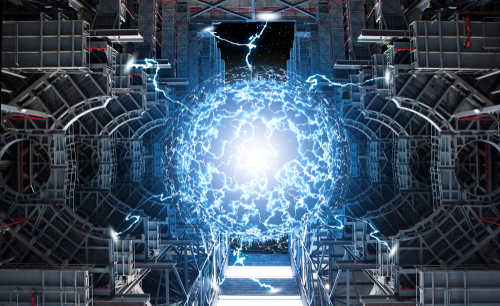DOE invests $27M in 9 projects aimed at reducing nuclear reactor operations, maintenance costs

Looking to cut operations and maintenance (O&M) costs at nuclear reactors, the U.S. Department of Energy (DOE) this week awarded $27 million to nine projects as part of a program at the Advanced Research Projects Agency-Energy (ARPA-E).
Digital twin technology is a key goal for ARPA-E’s Generating Electricity Managed by Intelligent Nuclear Assets (GEMINA) program. If successfully developed, the DOE believes it could cut O&M costs by as much as 10 times in the next generation of nuclear power plants. The nine organizations working toward that end include: GE Research, Electric Power Research Institute Inc., X-energy LLC, Argonne National Lab, Framatome Inc., Moltex Energy USA Inc., University of Michigan and two projects from the Massachusetts Institute of Technology.
“As the United States’ largest provider of clean, emissions-free energy, nuclear power is an essential component of our nation’s electricity supply,” Under Secretary of Energy Mark Menezes said. “Investing in projects and R&D that will make our nuclear fleet more efficient and cost-effective is critical to ensuring this clean, reliable energy source continues to power our country for years to come.”
Each team is working to develop digital twins or associated technologies. To that end, they are creating tools to further flexibility, increase autonomous operations and speed design repetition. Artificial intelligence, advanced control systems, predictive maintenance and model-based fault detection will all play roles in that.
“Advanced nuclear reactors have the potential to provide reliable and low-cost clean power to millions of American homes,” ARPA-E Director Lane Genatowski said. “These GEMINA teams are working to develop tools for the advanced reactors of tomorrow to improve operations and lower maintenance costs by designing more autonomous, and efficient processes.”
Improving the cost efficiency of nuclear designs could, researchers believe, make nuclear power more viable and competitive in the U.S. market.
